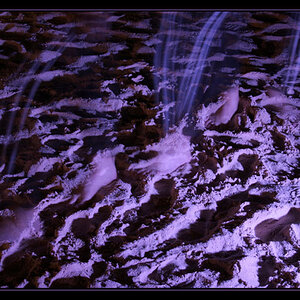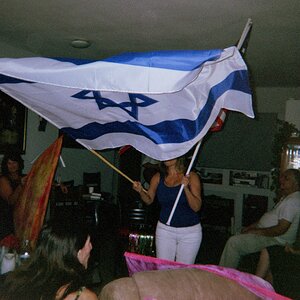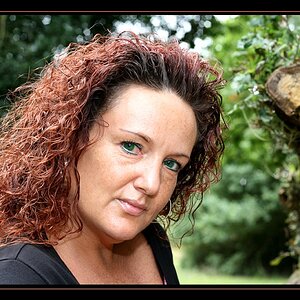I am considering to shell out a hefty amount of money on a super telephoto.
I am contemplating between two Canons to use on a 30D body. Main objective is wildlife and secondary is field sports.
The EF 400/2.8IS
The EF 600/4.0IS
Both are pretty expensive, pretty heavy and pretty good. They do have a price difference, but at their price, it is not a real one. Here is my dilema.
I would like the 600mm reach. On occasions, I am also considering to extend it. However the extra f stop of the 400mm model is very appealing, both for sports and for forest photography.
I am considering that the 400mm + 1.4x extender make up for the 600mm lens (well almost) at the same f/stop.
However, would the image quality be adequate? I know the extender reduces the quality, and I am prepared to accept some loss there, but will it be significant?
I know that the simple answer is get the 400mm since you *can* extend it, although someone told be the exact opposite: Get the 600mm one and you can reduce it by getting an EOS 5D body . But again, the f/2.8 is not there.
. But again, the f/2.8 is not there.
Any experiences, good or bad, with the 400/2.8 plus extender?
I am contemplating between two Canons to use on a 30D body. Main objective is wildlife and secondary is field sports.
The EF 400/2.8IS
The EF 600/4.0IS
Both are pretty expensive, pretty heavy and pretty good. They do have a price difference, but at their price, it is not a real one. Here is my dilema.
I would like the 600mm reach. On occasions, I am also considering to extend it. However the extra f stop of the 400mm model is very appealing, both for sports and for forest photography.
I am considering that the 400mm + 1.4x extender make up for the 600mm lens (well almost) at the same f/stop.
However, would the image quality be adequate? I know the extender reduces the quality, and I am prepared to accept some loss there, but will it be significant?
I know that the simple answer is get the 400mm since you *can* extend it, although someone told be the exact opposite: Get the 600mm one and you can reduce it by getting an EOS 5D body
 . But again, the f/2.8 is not there.
. But again, the f/2.8 is not there.Any experiences, good or bad, with the 400/2.8 plus extender?




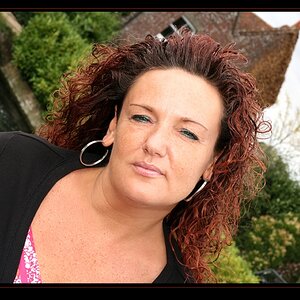
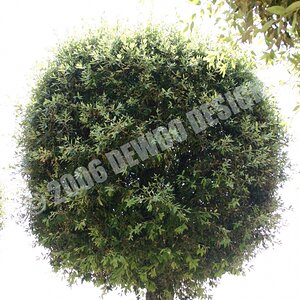
![[No title]](/data/xfmg/thumbnail/36/36966-71220579619c9a335442302fce0e57aa.jpg?1619737842)



